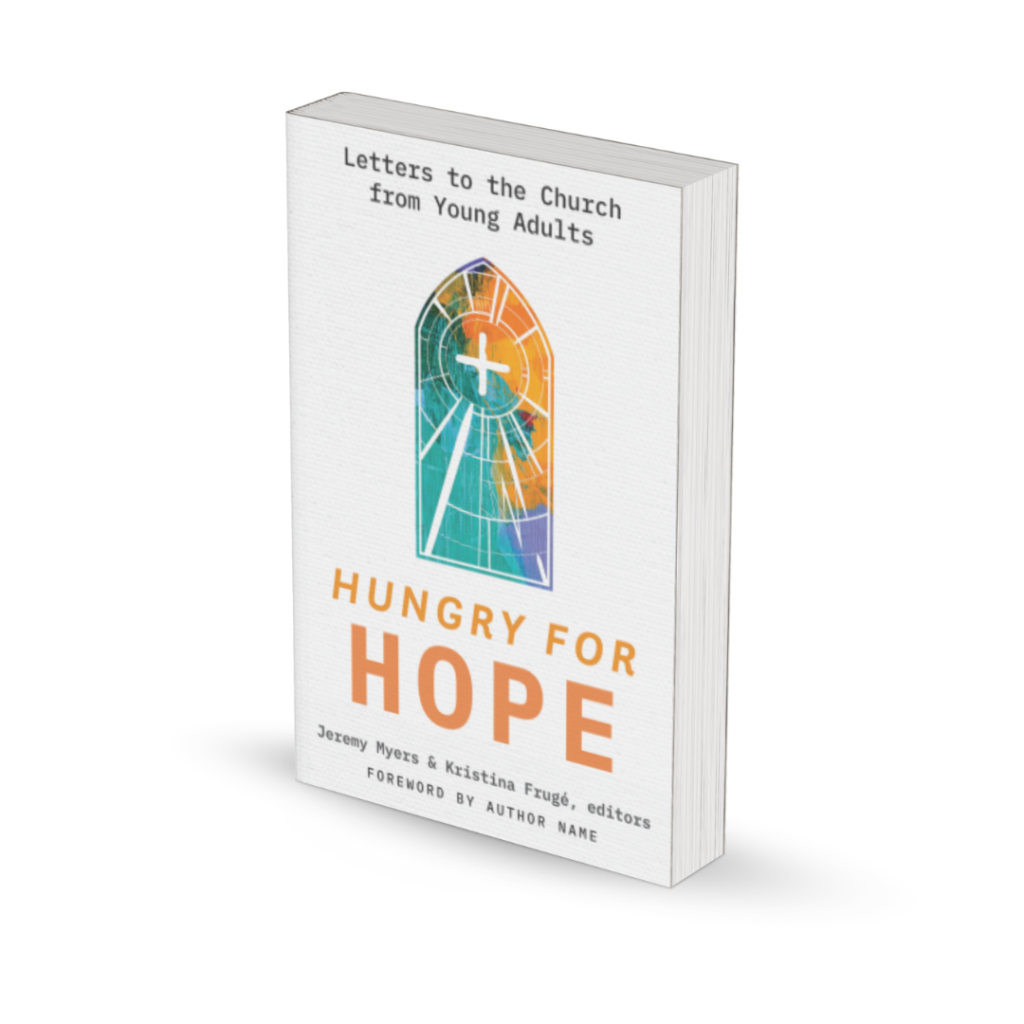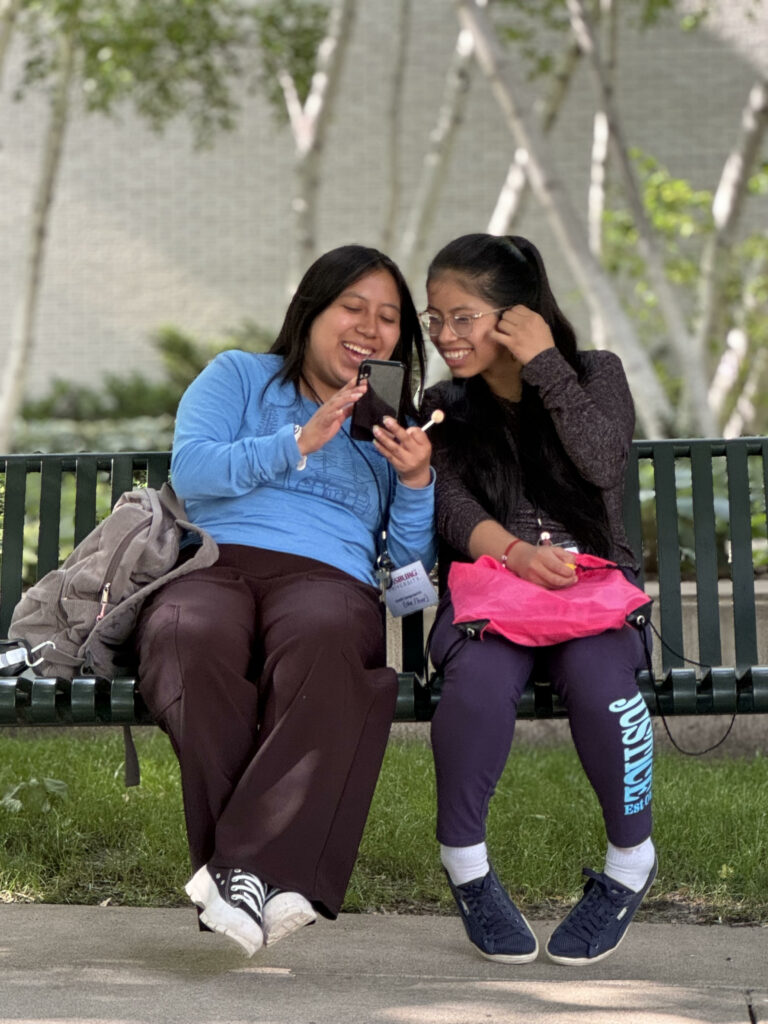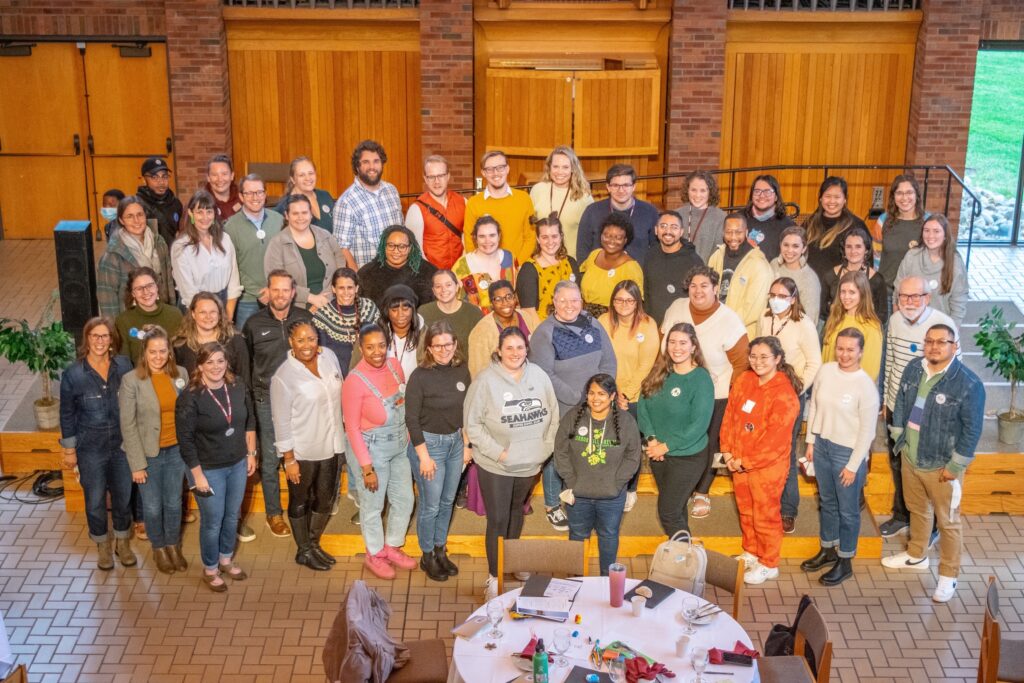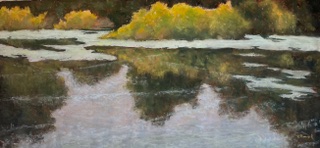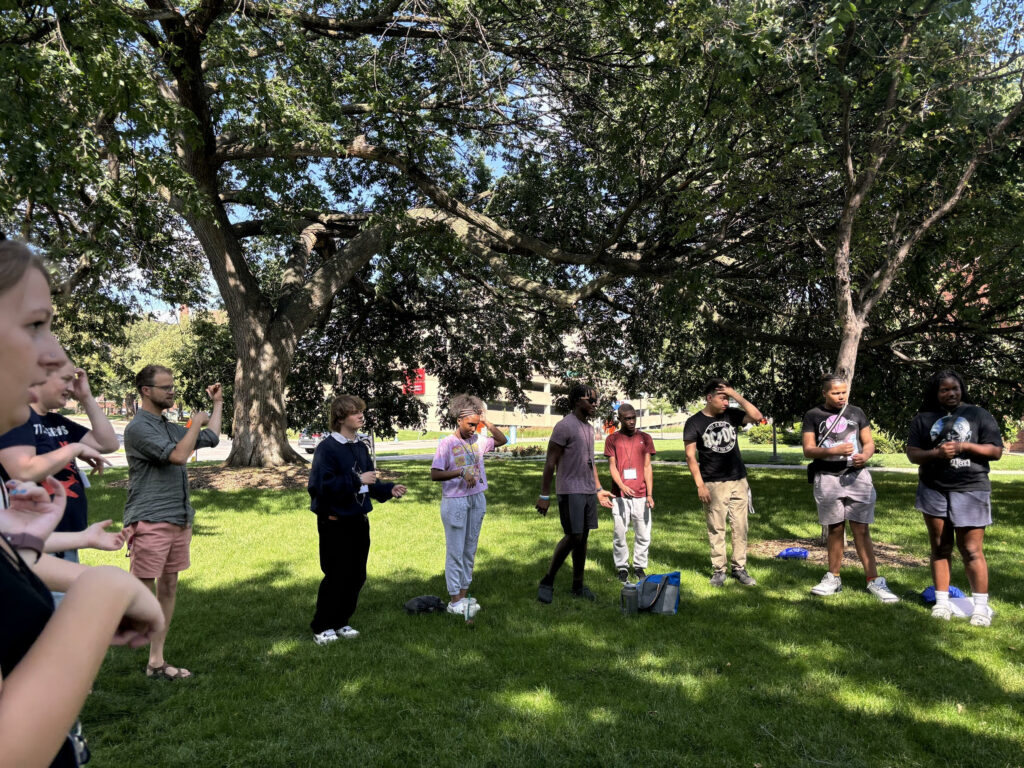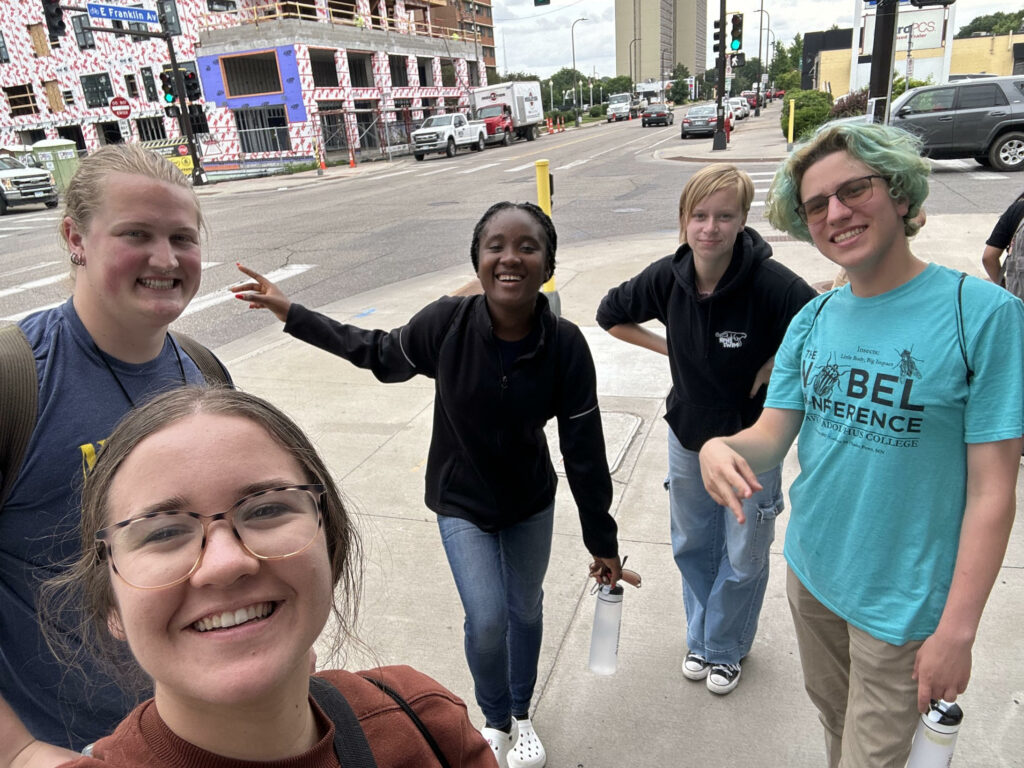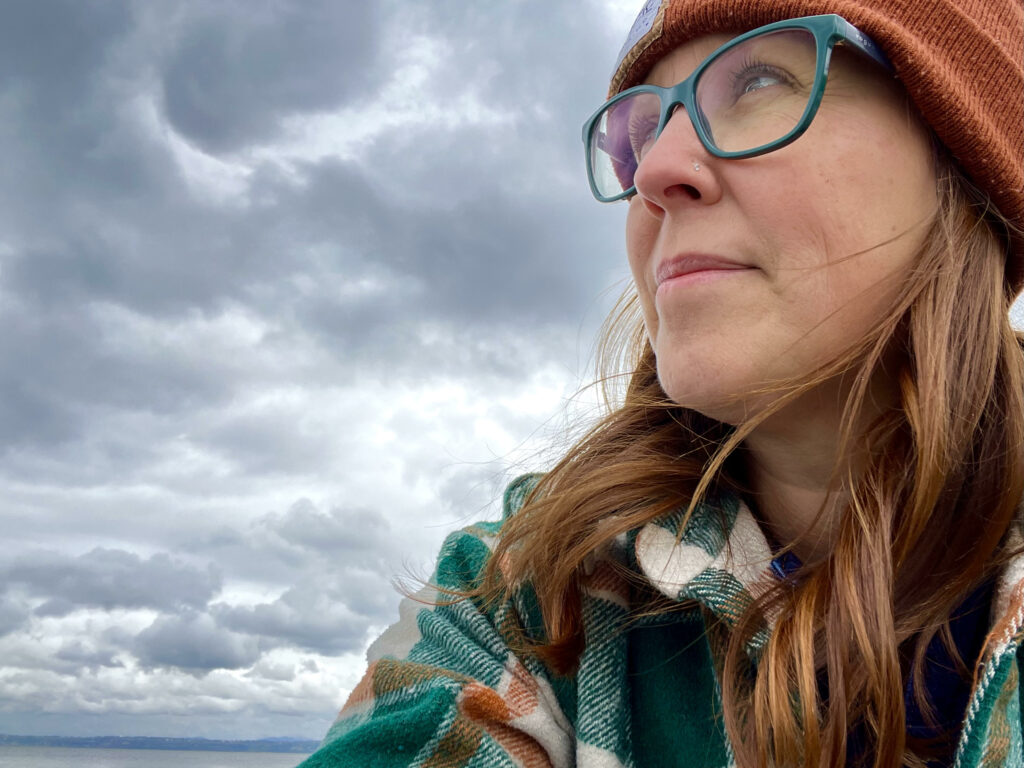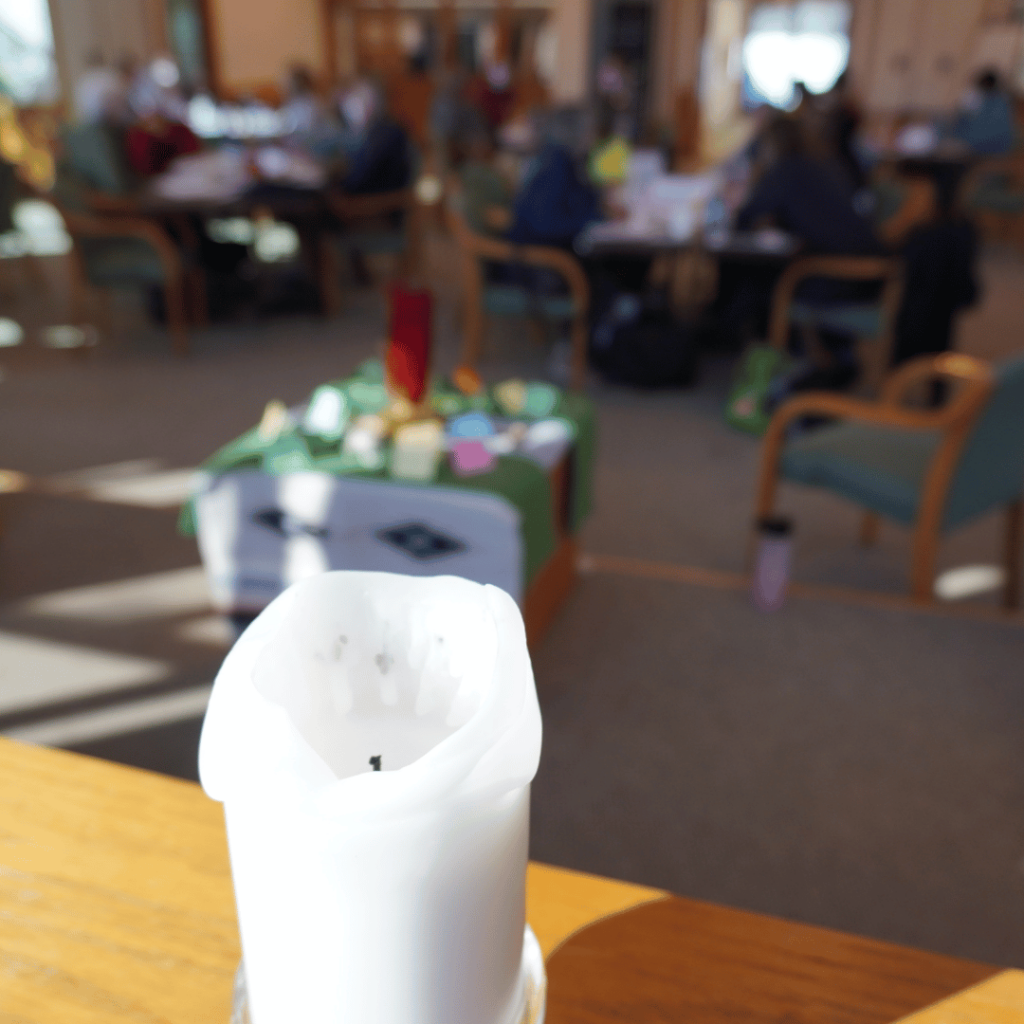Facilitator Reflection
Written by Brenna Zeimet
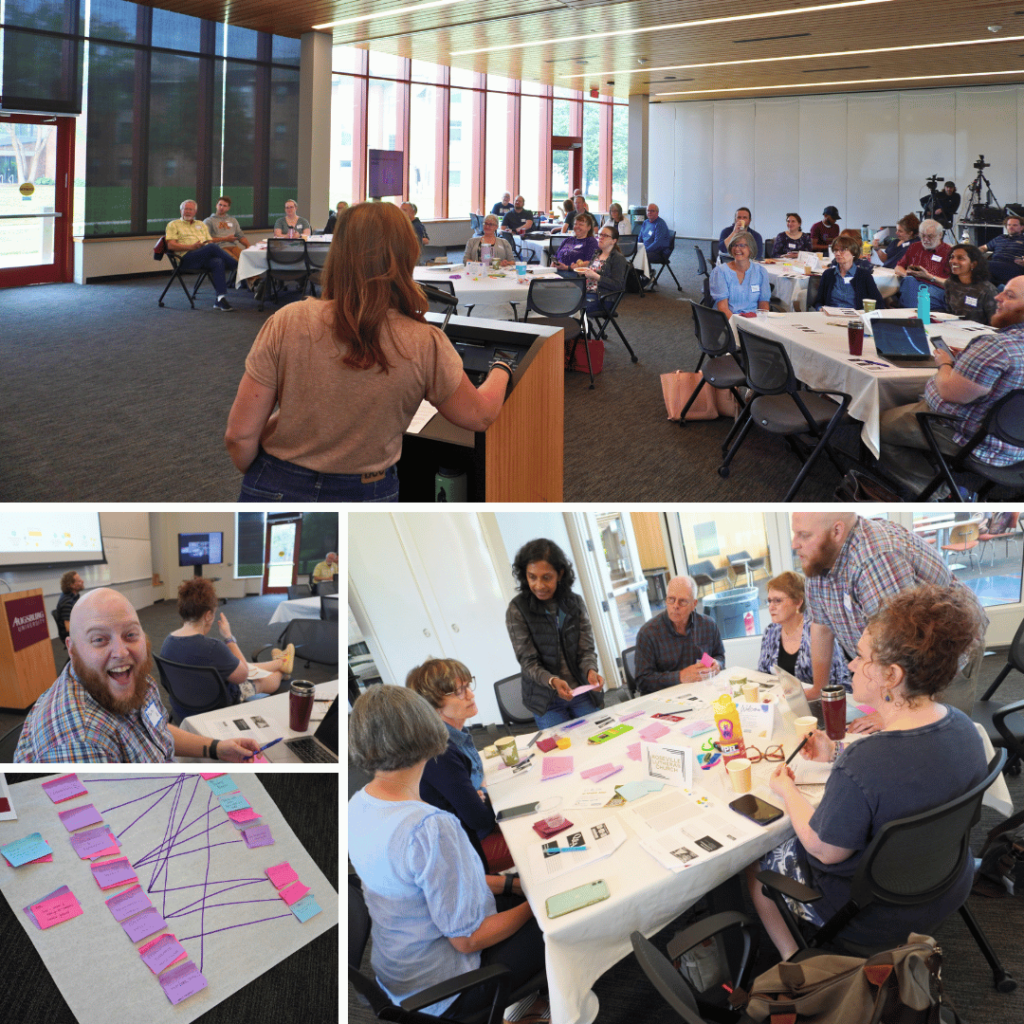 As I reflect on this event, I am awash with a sense of expectant hope. As I wandered the tables and listened to conversations and sat one to one talking with folks, I was struck by how much has changed in such a short time.
As I reflect on this event, I am awash with a sense of expectant hope. As I wandered the tables and listened to conversations and sat one to one talking with folks, I was struck by how much has changed in such a short time.
The conversations have changed from questioning what we’re doing here and what this is all about, to finding deep connection with the neighbor’s story and searching for a place in the narrative of the community. Where do we fit? What should we be paying attention to? Who do we need to be to meet our neighbor where they are today? It was no longer a skeptical questioning of this process or a planning session for new programs, this community has begun to fall in love with the people around them and that love is driving change in our worldview and our identity as the Church. We are changing as we adapt to the heartbeat of God for people.
I am excited about what this season of Interpretation will bring as we dig deep into the beliefs and assumptions that drive our actions. We will examine how our worldview brings hope and where it causes harm or puts up barriers to authentic and vulnerable relationship. These teams are ready to engage this intense and transformative work, and the health that will flow from this time will bring change to our churches and our neighborhoods.
At our last learning event Kristina Fruge shared a letter with our RIH community to open our space both online and in person. It was written with inspiration from her friend Lauren out in Spokane, WA. It was a beautiful way to open and close our event and there are invitations she names that are good reminders on how we can create places of belonging for all our neighbors. We share it with you in hopes that it will continue to nourish your soul as you embark on this work of being neighbor in the world in the midst of all the feelings of being human. Continue reading ““You are Invited”” →
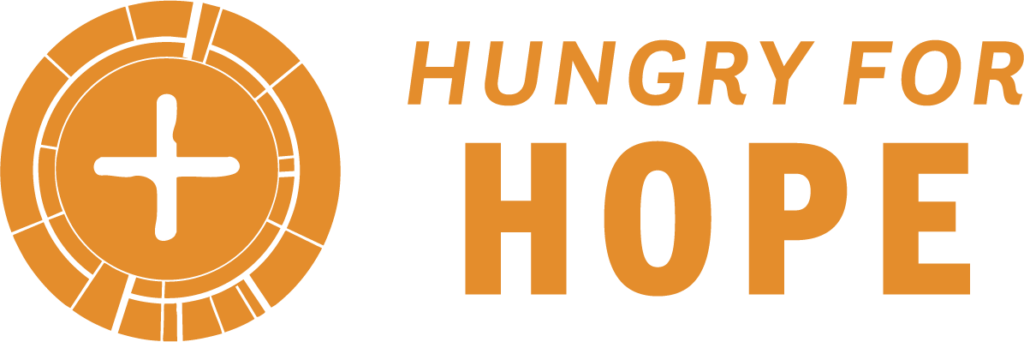 We are thrilled to announce the preorder link is available for our upcoming book, Hungry for Hope: Letters to the Church from Young Adults!
We are thrilled to announce the preorder link is available for our upcoming book, Hungry for Hope: Letters to the Church from Young Adults!
